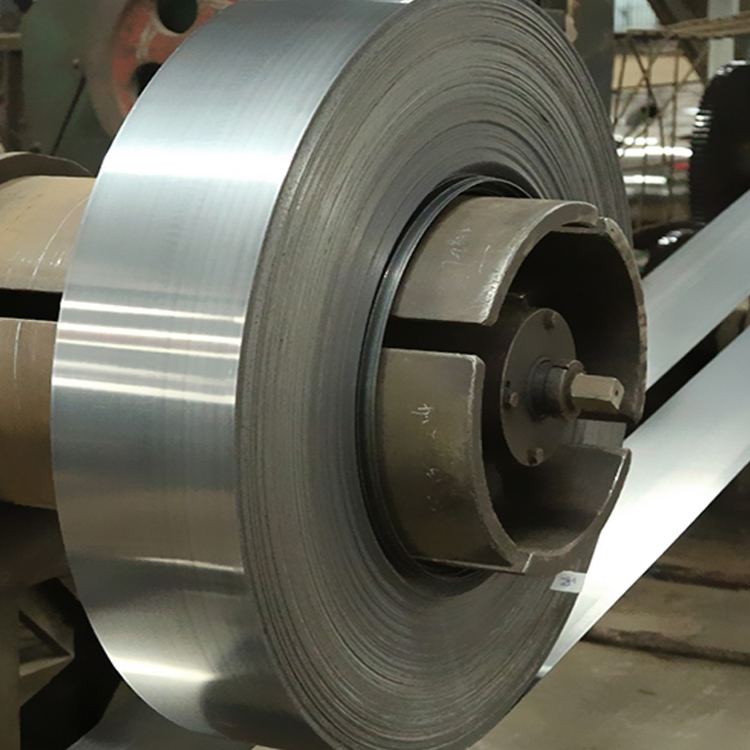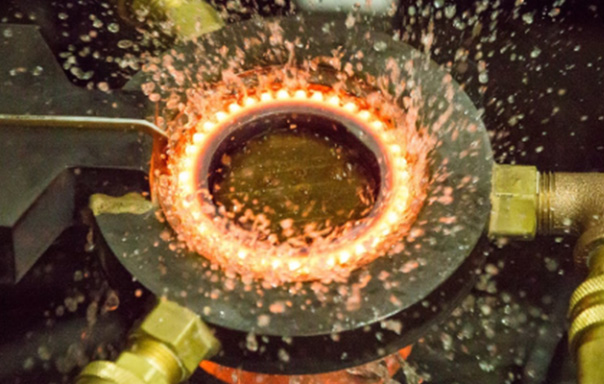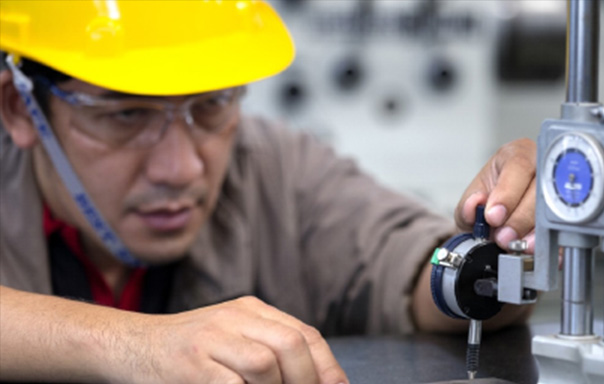1.4303 stainless steel, also known as X4CrNi18-12, is a common austenitic stainless steel standardized under EN 10088. It is widely used in various environments due to its excellent overall performance, particularly in applications requiring good corrosion resistance and weldability.
I. Processing Techniques
Shearing and Cutting: Conventional shearing tools or cutting equipment, such as shearing machines and cutting machines, can be used for shearing and cutting 1.4303 stainless steel. Proper cutting tools and parameters should be employed to ensure the desired cutting quality.
Cold Forming: 1.4303 stainless steel exhibits good plasticity, allowing for cold working and forming. Common cold-forming processes include bending, stretching, stamping, and deep drawing. During cold forming, appropriate process parameters and equipment operation standards must be followed to avoid excessive deformation or cracking.
Welding: 1.4303 stainless steel has excellent weldability and can be welded using common methods such as manual arc welding, TIG welding, and MIG/MAG welding. Before welding, the surface should be kept clean, and suitable welding materials and techniques should be selected to ensure weld joint quality and corrosion resistance.
Machining and Surface Treatment: 1.4303 stainless steel can be machined using milling, drilling, turning, grinding, and polishing. Additionally, physical or chemical surface treatments such as pickling, electroplating, and spraying can be applied to enhance surface quality and corrosion resistance.
II. Common Heat Treatment Methods
Solution Treatment: Heat 1.4303 stainless steel to approximately 1050–1150°C, hold for a sufficient time to achieve complete solid solution, and then rapidly cool. This process eliminates intergranular segregation, improving corrosion resistance and mechanical properties. Rapid cooling can be achieved through water quenching, air cooling, or oil quenching.
Cold Working: Cold working involves plastic deformation of 1.4303 stainless steel at room temperature, such as bending, pressing, or stretching. It increases hardness and strength but may reduce toughness and corrosion resistance. Therefore, deformation extent and processing methods should be controlled to balance hardness and toughness requirements.
Quenching: Quenching involves heating 1.4303 stainless steel above its critical temperature and then rapidly cooling it. Methods include water quenching, oil quenching, or gas quenching. While quenching enhances hardness and wear resistance, it may increase brittleness. Thus, the appropriate quenching method and cooling rate should be selected based on specific requirements.
III. Advantages and Disadvantages of Stainless Steel
1. Advantages
Excellent Corrosion Resistance: Due to its high chromium and nickel content, 1.4303 stainless steel exhibits strong corrosion resistance in various media, especially in oxidizing environments.
Good Weldability: Its low carbon content minimizes carbide precipitation during welding, reducing the risk of intergranular corrosion and making it suitable for various welding methods.
Stable High-Temperature Performance: The material maintains good mechanical properties and oxidation resistance at high temperatures, making it suitable for applications up to 350°C.
2. Disadvantages
Limited Low-Temperature Toughness: Although 1.4303 has good toughness at room temperature, its impact resistance decreases in extremely low-temperature environments, making it unsuitable for cryogenic applications.
Poor Wear Resistance: Compared to martensitic or ferritic stainless steels, austenitic stainless steels like 1.4303 have lower hardness and wear resistance, limiting their use in high-wear environments.
IV. Applications
Utensils and Tableware: Due to its corrosion resistance and aesthetic appeal, 1.4303 stainless steel is commonly used in kitchenware, cookware, cutlery, and household products.
Decorative and Architectural Uses: Its elegant appearance makes it suitable for decorative items, furniture fittings, handrails, doorknobs, and other interior and exterior architectural applications.
Chemical and Food Processing: Its corrosion resistance makes it ideal for chemical storage tanks, pipelines, containers, and food processing equipment.
Medical Devices: With its biocompatibility and corrosion resistance, 1.4303 stainless steel is used in medical instruments and equipment.
V. Summary
1.4303 stainless steel is a cost-effective material suitable for a wide range of general applications that do not require extreme conditions. When selecting this material, specific environmental factors such as temperature, corrosive media type, and concentration should be considered. For more demanding applications, specialized stainless steel grades may be necessary to meet higher performance requirements.


Baoshan District,
Shanghai, China.



